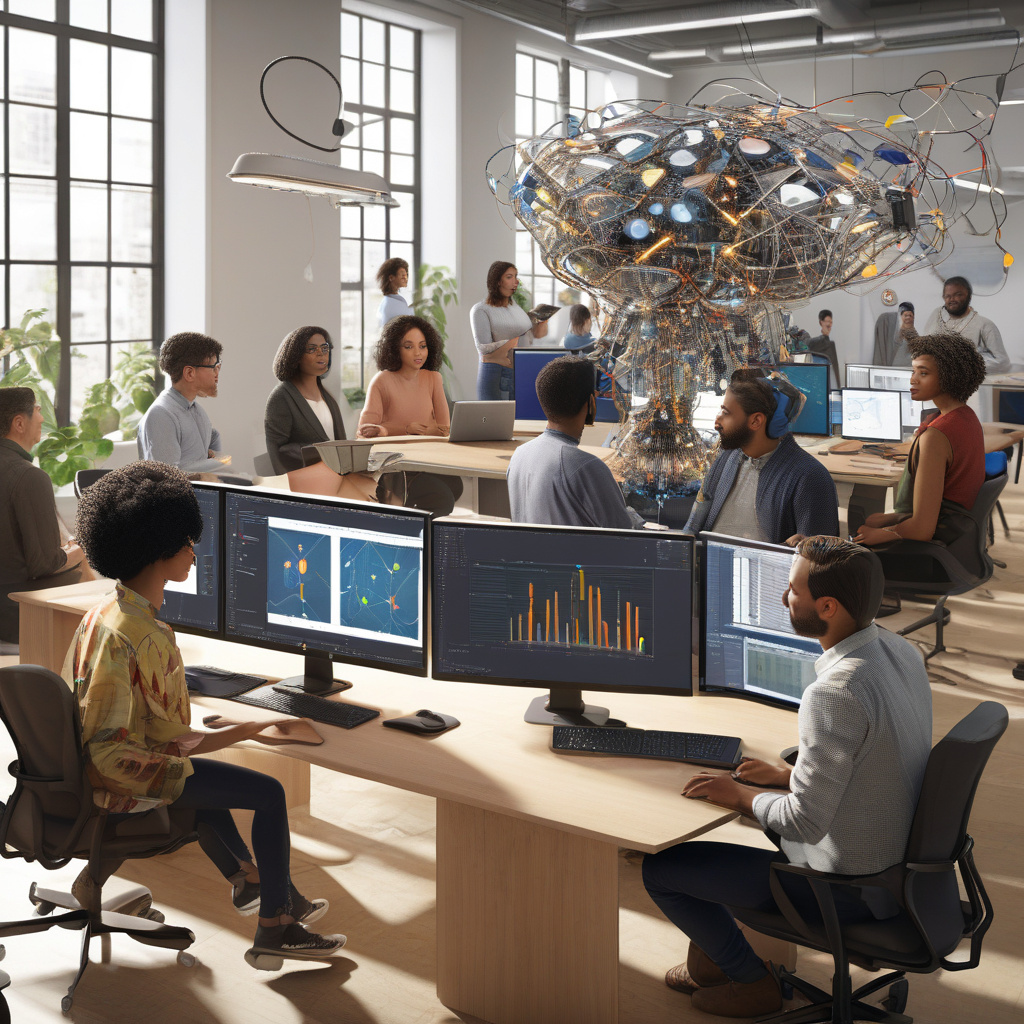How Generative AI Is Reshaping the Software Development Life Cycle (SDLC)
In a recent interview at AWS in Seattle, Srini Iragavarapu, the director of generative AI Applications and Developer Experiences at AWS, shed light on how Generative AI is revolutionizing the Software Development Life Cycle (SDLC). Initially, Amazon Q Developer focused on inline code completions, but it has since evolved by integrating generative AI models like Amazon Nova and Anthropic models. This integration has not only enhanced recommendations but has also significantly accelerated the development process.
One notable example of the impact of Generative AI on the SDLC is the case of British Telecom, which reported a remarkable 37% acceptance rate for AI-generated code. This statistic underscores the growing acceptance and effectiveness of Generative AI in streamlining development tasks and improving overall productivity.
The incorporation of Generative AI in the SDLC has brought about significant improvements in various aspects of software development. By leveraging AI-powered tools like code completion suggestions and automated testing, developers can enhance code quality, reduce errors, and boost efficiency. These tools empower developers to focus more on creativity and innovation, rather than mundane and time-consuming coding tasks.
Moreover, Generative AI has the potential to revolutionize the concept of pair programming. Imagine an AI-powered virtual pair programmer that can assist developers in real-time, offering suggestions, detecting bugs, and even generating code snippets. This collaborative approach between human developers and AI can lead to faster development cycles and higher-quality software products.
Furthermore, Generative AI can play a crucial role in optimizing resource allocation within development teams. By analyzing past project data and current workloads, AI algorithms can provide valuable insights into task prioritization, team allocation, and project timelines. This data-driven approach ensures efficient utilization of resources and better project management.
As we look to the future, the integration of Generative AI in the SDLC will continue to redefine how software is developed, tested, and deployed. With advancements in AI technologies, we can expect to see even more sophisticated tools that can automate complex coding tasks, predict software defects, and offer intelligent recommendations to developers.
In conclusion, Generative AI is reshaping the SDLC by introducing innovative solutions that improve efficiency, accuracy, and collaboration in software development processes. Embracing these AI-powered tools not only enhances developer productivity but also paves the way for the creation of more robust and reliable software products. As we navigate this era of digital transformation, harnessing the power of Generative AI will be key to staying ahead in the ever-evolving landscape of software development.

